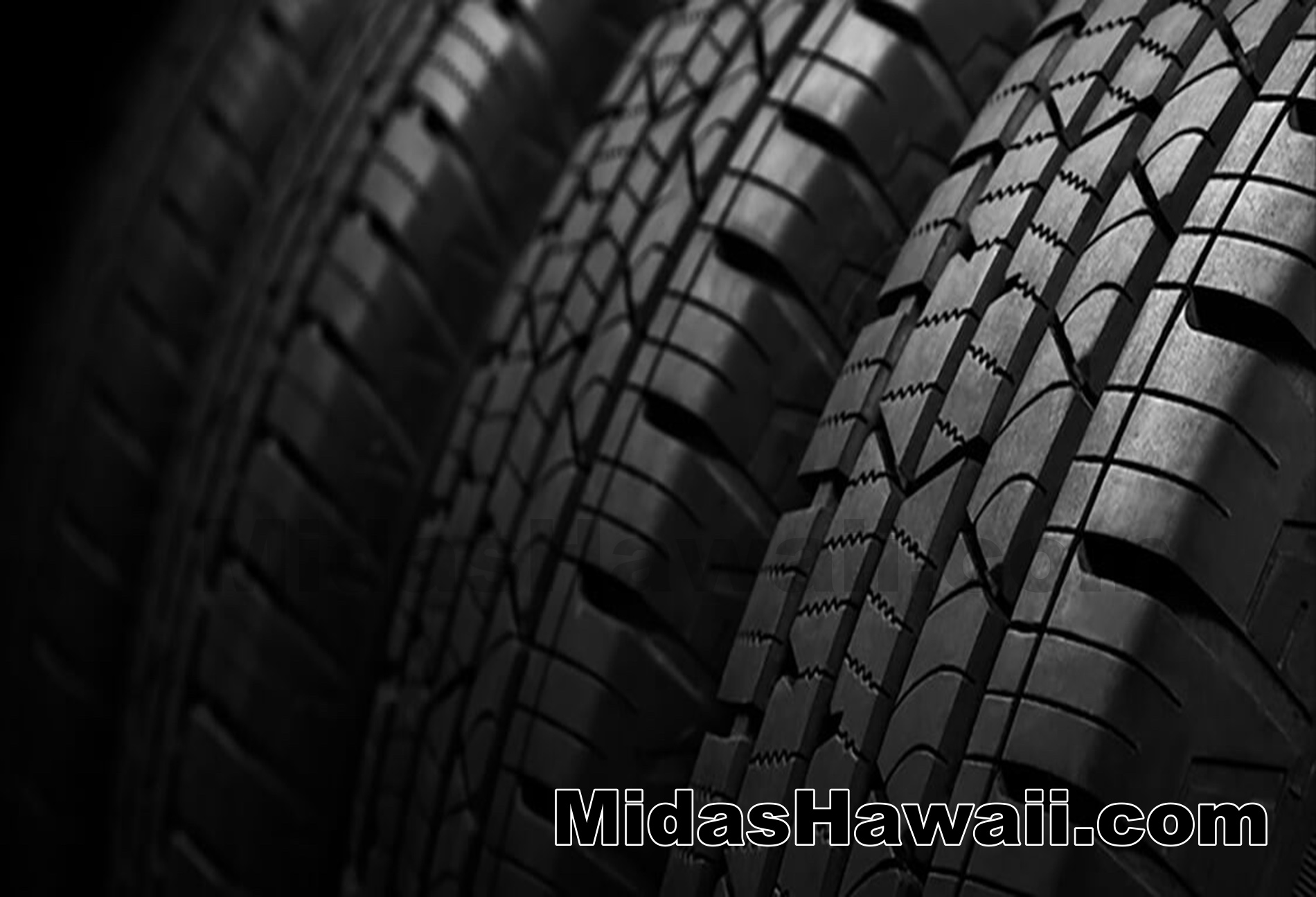All Terrain Tires
- Tweet
Back to the top
FAQ LEGEND
Back to the top
All-Terrain Tires Questions
A. What if you need off-road capability, but you do plenty of road driving too? Mud tires can tackle the terrain, but it'll be a bumpy ride home on the highway. Highway tires offer a comfy commute, but they're no match for the mountain.
You can decide not to decide. Get all-terrain tires. They're built for your off-road life -- and for the road that takes you there.
A.
All-terrain tires are good for driving in both off-road and on-road conditions without buying multiple tires for those purposes. They are the best off-road tires for highway comfort, noise control, and fuel economy. And many AT tires offer great for traction control in icy, snowy, or wet conditions. Dedicated mud tires, winter tires, and highway tires outperform AT tires in the conditions they're designed for, but all-terrain tires offer the most versatility for drivers who need to go off-road.
All-terrain tires are all-purpose pavement and off-road tires, while mud tires are off-road specialists. Mud tires excel on rocky, sandy terrain, loose soil, deep snow, and (of course) mud -- but at the price of a bumpy, noisy ride on highways. All-terrain tires offer more comfort and better handling on highways, but at the price of a lower level of off-road traction. But there's one off-road scenario where all-terrains beat mud tires: driving over ice, packed snow, or slush. That's because AT tire treads are somewhat similar to snow tire treads, with siping and smA. all tread blocks. (Caveat: Dedicated snow tires offer even more winter traction.)
A. While their tread patterns can be similar, all-terrain tires are not substitutes for snow tires. Here are some important differences between all-terrain tires and snow tires:
- Rubber composition: Snow tires are made of cold-friendly rubber that stays flexible below 45 degrees -- but gets too soft at higher temperatures. All-terrain tires are made of conventional tire rubber that becomes brittle in colder weather -- but performs at higher temperatures. In this sense, all-terrain tires are a type of all-season tire.
- Studs (where permitted): Some snow tires come with studded treads, or holes where studs can be installed. Because they damage roads, studs aren't legal everywhere. But they offer a very high level of traction.
- Siping: While some siping is a common feature of AT tire design, there's usually two or three times more siping in snow tires, to evacuate water and slush and to create more edge surface area to bite into slippery pavement.
Related:
Learn more about snow tires.
Look for the three-peak mountain snowflake (3PMSF) symbol on tires rated for severe snow service. To qualify, a tire must achieve 10% better traction over medium packed snow in manufacturer tests. The mountain snowflake symbol is found on most dedicated snow tires -- and select (year-round) all-terrain and all-season tires. All-terrain tires with the three-peak mountain snowflake (3PMSF) symbol are not necessarily equivalent to snow tires, but may represent the highest industry standard of snow traction without going to full snow tires. The symbol was defined by the U.S. Tire Manufacturers Association (USTMA) and the Tire and Rubber Association of Canada (TRAC) to designate tires that qualify for severe snow performance rating1. To qualify, a tire must be tested by the manufacturer to achieve 10% better traction on medium packed snow than a standard reference tire. The standard does not mention rubber composition, so a tire carrying this symbol is not required to be composed of rubber that remains soft in cold weather. In a 2017 snow acceleration test2, all-terrain tires with the 3PMSF symbol took second place to dedicated snow tires, while outperforming all-terrain tires without the symbol.
A.
All-terrain tires are generally more fuel-efficient than mud tires but less fuel efficient than all-season tires. Tire traction always affects fuel economy because it's a force your engine must work to overcome. The aggressive traction needed for off-road terrain becomes extra rolling resistance on a paved road -- and rolling resistance accounts for 4%-11% of fuel consumption in light duty vehicles3.
U.S. Department of Energy, "Low Rolling Resistance Tires." Read the article here. ↩
A. Most all-terrain tires are rated to last 40,000 miles, though some tires list higher ratings of 50,000-70,000 miles. You tire life will depend on your specific driving conditions. You can maximize the life of your all-terrain tires by monitoring your tire pressure, safely storing winter and summer tires when not in use, and keeping a regular maintenance schedule. Off-road driving can be especially hard on your tire treads, tire balance, and suspension, so come to Midas regularly for tire rotation, tire balancing and wheel alignment.
A. Consumer Reports recommends replacing your all terrain tires every three or four years as a best practice. In the meantime, replace your all-terrain tires when you see visible cord or wire, or when the treads are worn down to the tire's minimum recommended tread depth. Tire manufacturers recommend replacing tires at a tread depth of 2/32". And if your tread has worn down to the wear bar, replace those tires immediately. Wear bars mark the legal minimum tread depth in most states.
But you may want to consider a more conservative tread depth of 4/32" to 6/32" for winter and off-road driving. In a test of multiple winter tire brands at 5/32"-6/32" tread depth, Consumer Reports saw a 14.5% decline in snow traction when accelerating, and a 7% increase in wet stopping distance4.
How deep is 2/32"? How deep is 4/32"? Take the Penny Test! (It works with U.S. and Canadian coins.) And your local Midas technician can visually inspect your tires whenever you have your vehicle serviced.
ref no:34689
Please send questions about this website to webmaster
Terms of Use / Legal Disclaimer / Privacy Statement
Site Designed and Managed by MacBusiness Consulting

